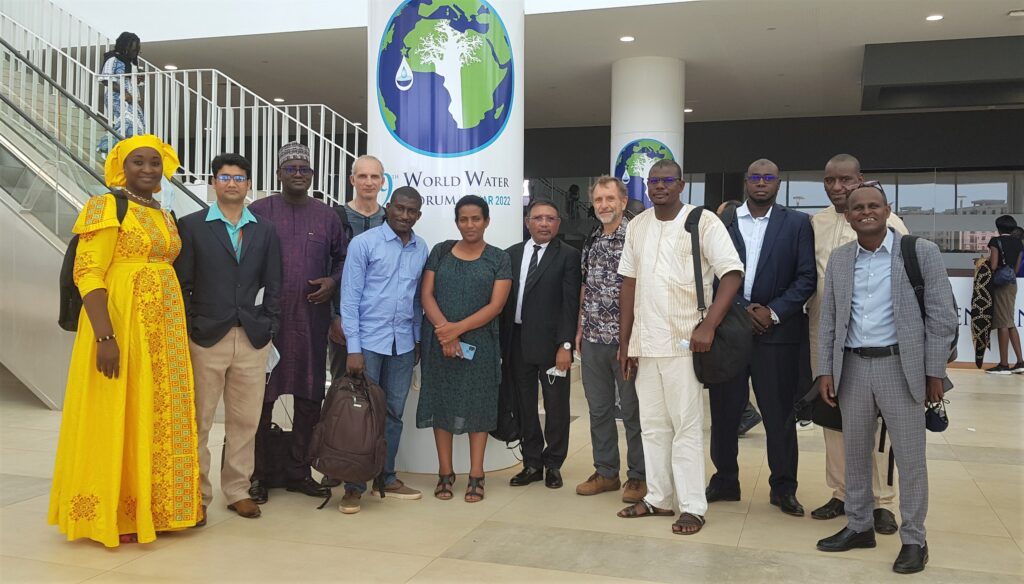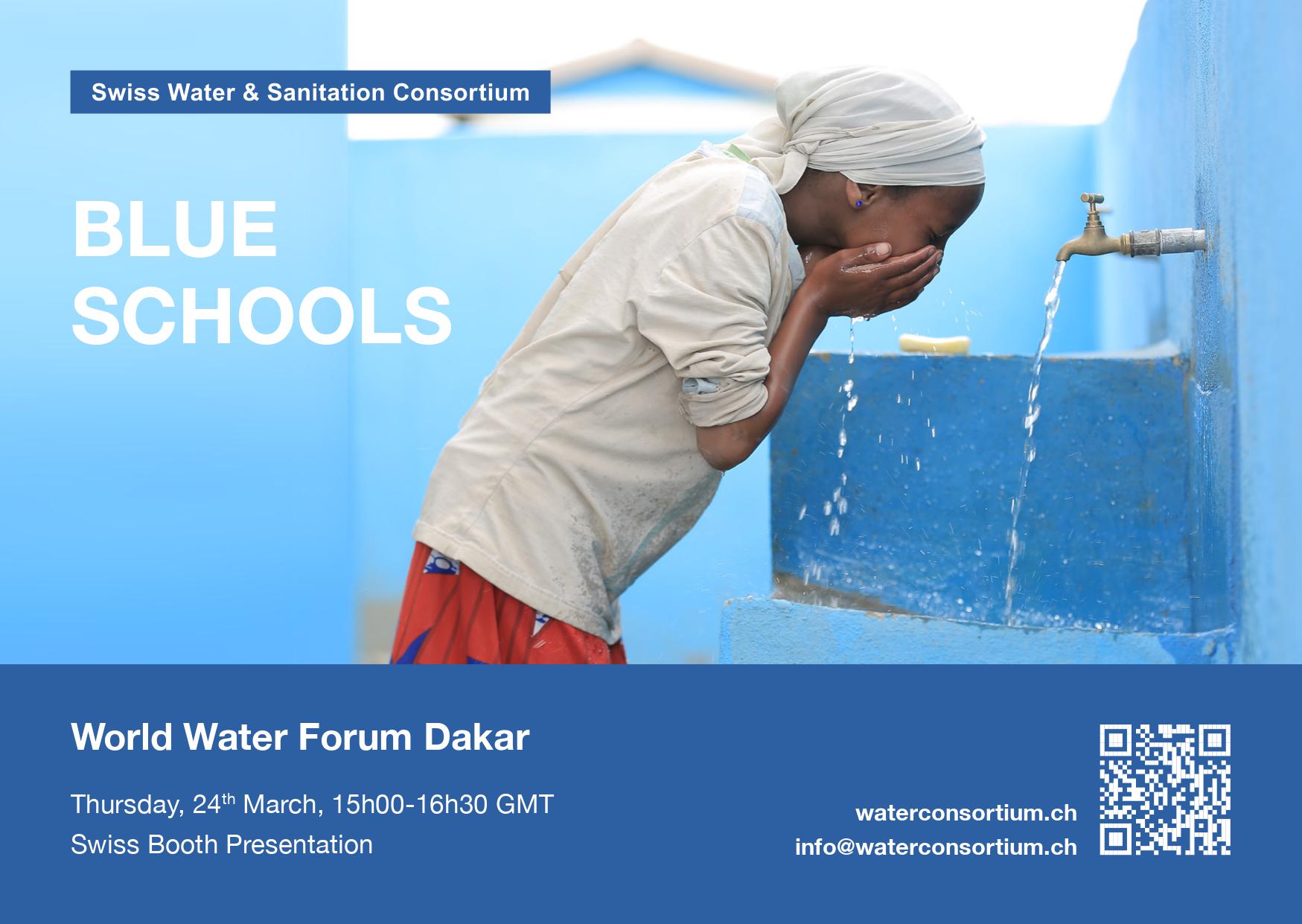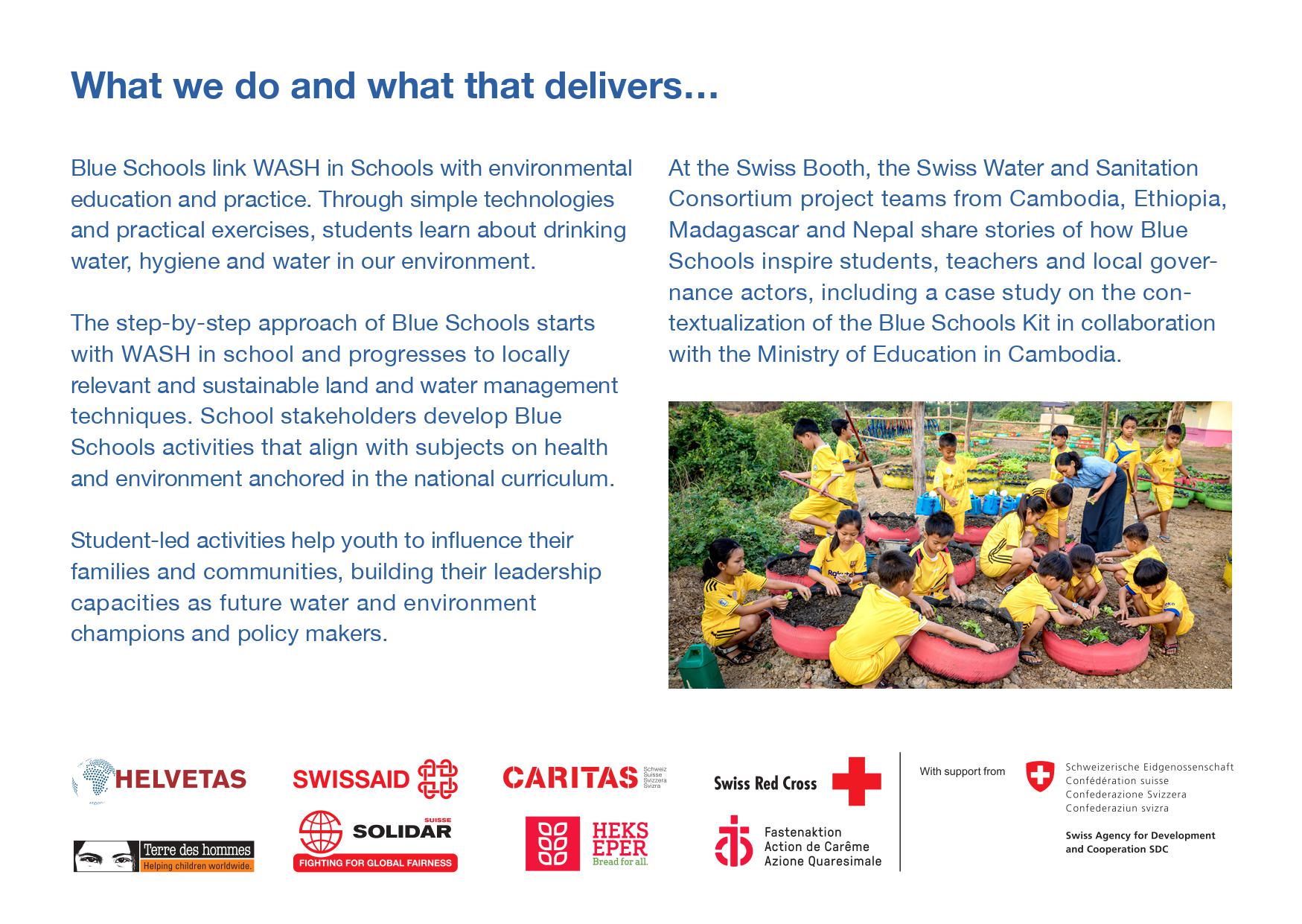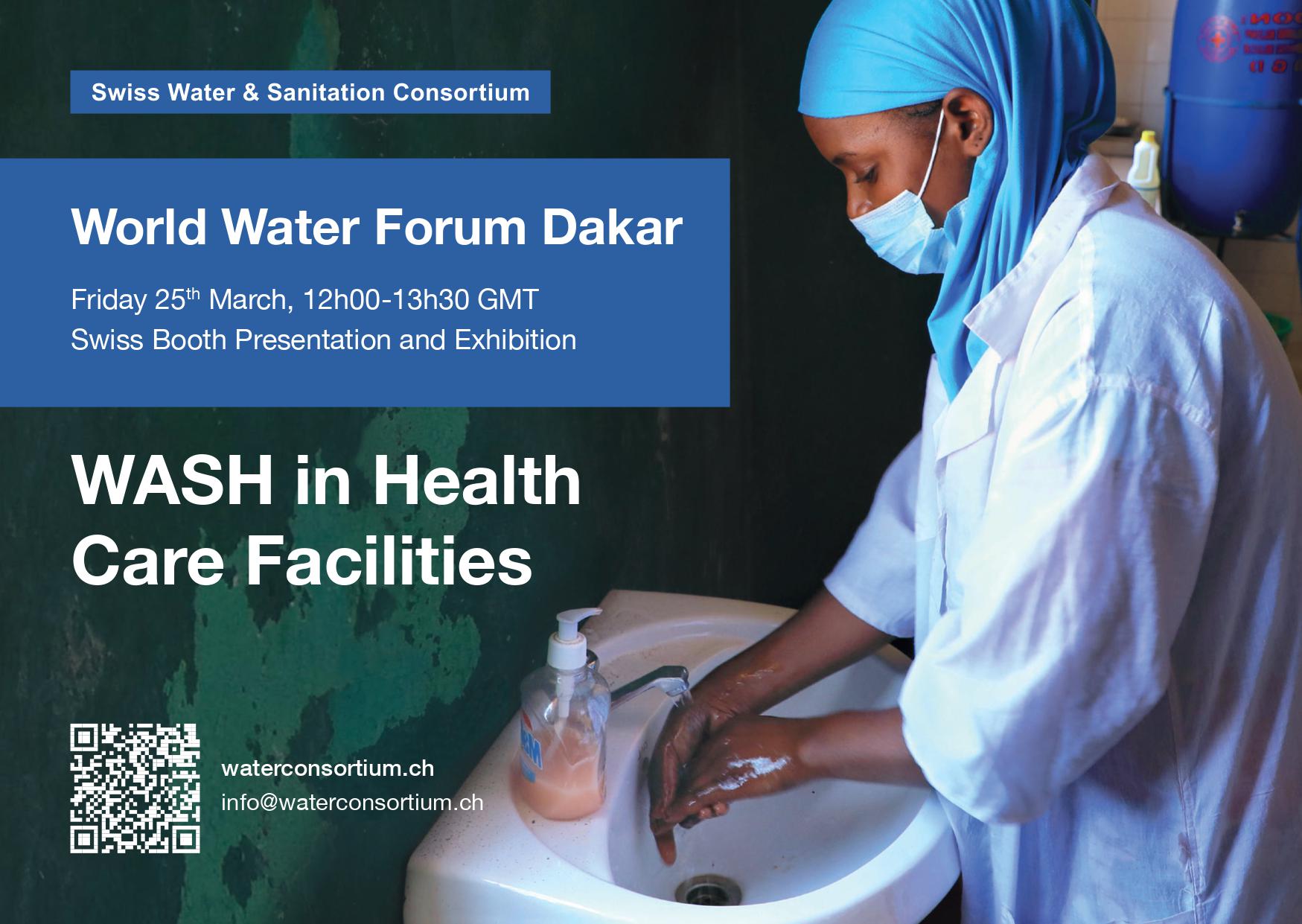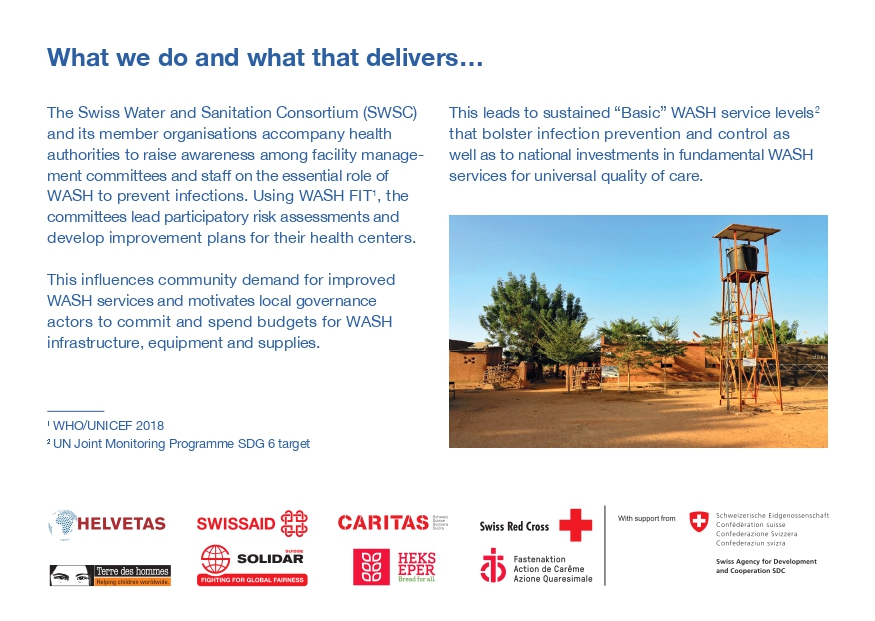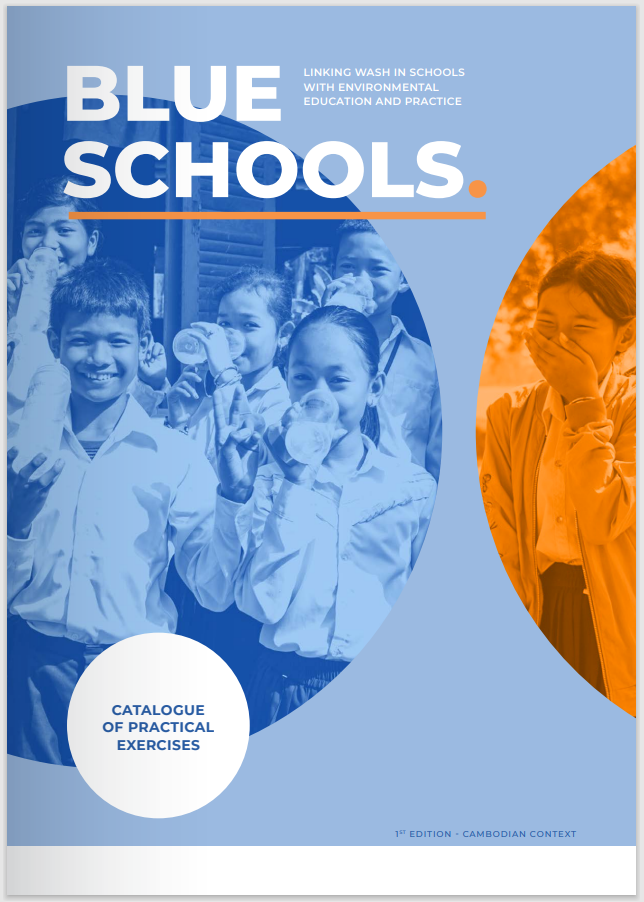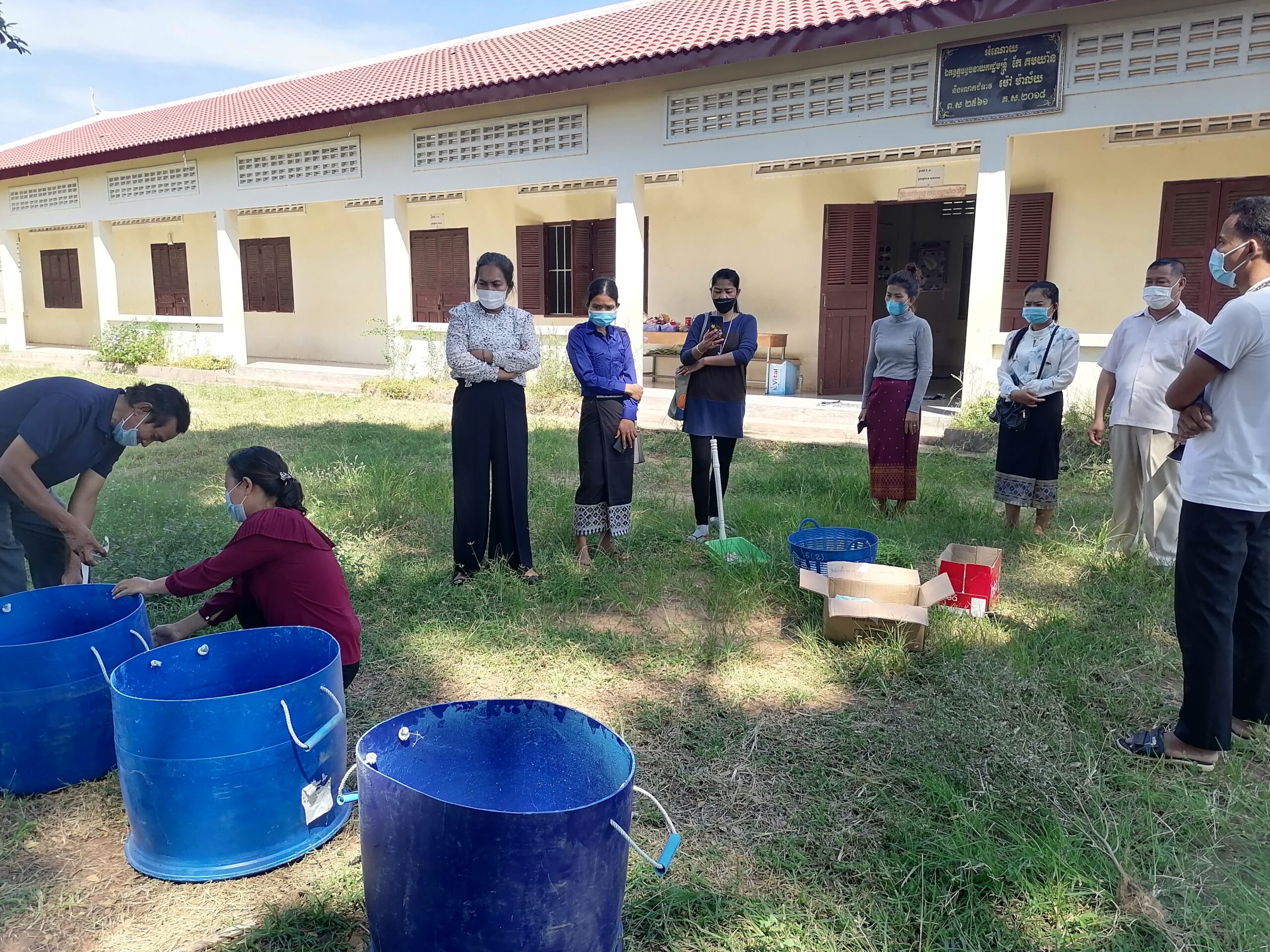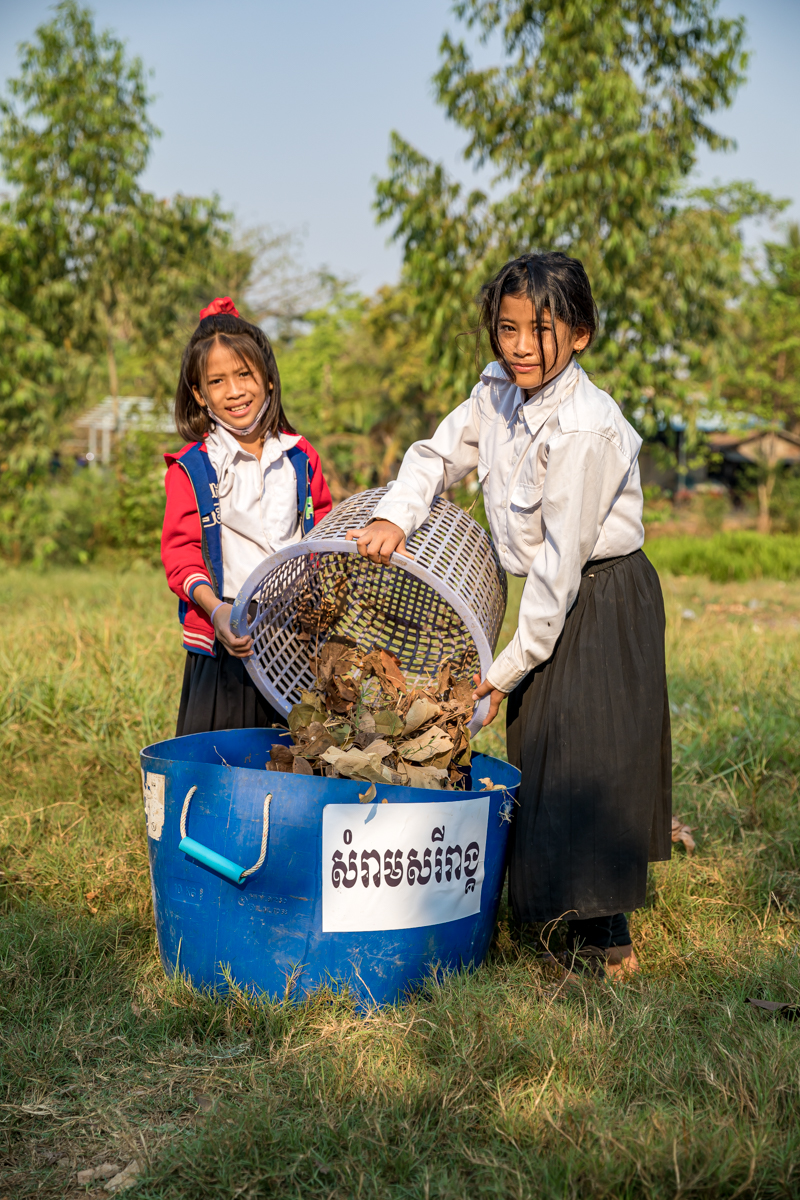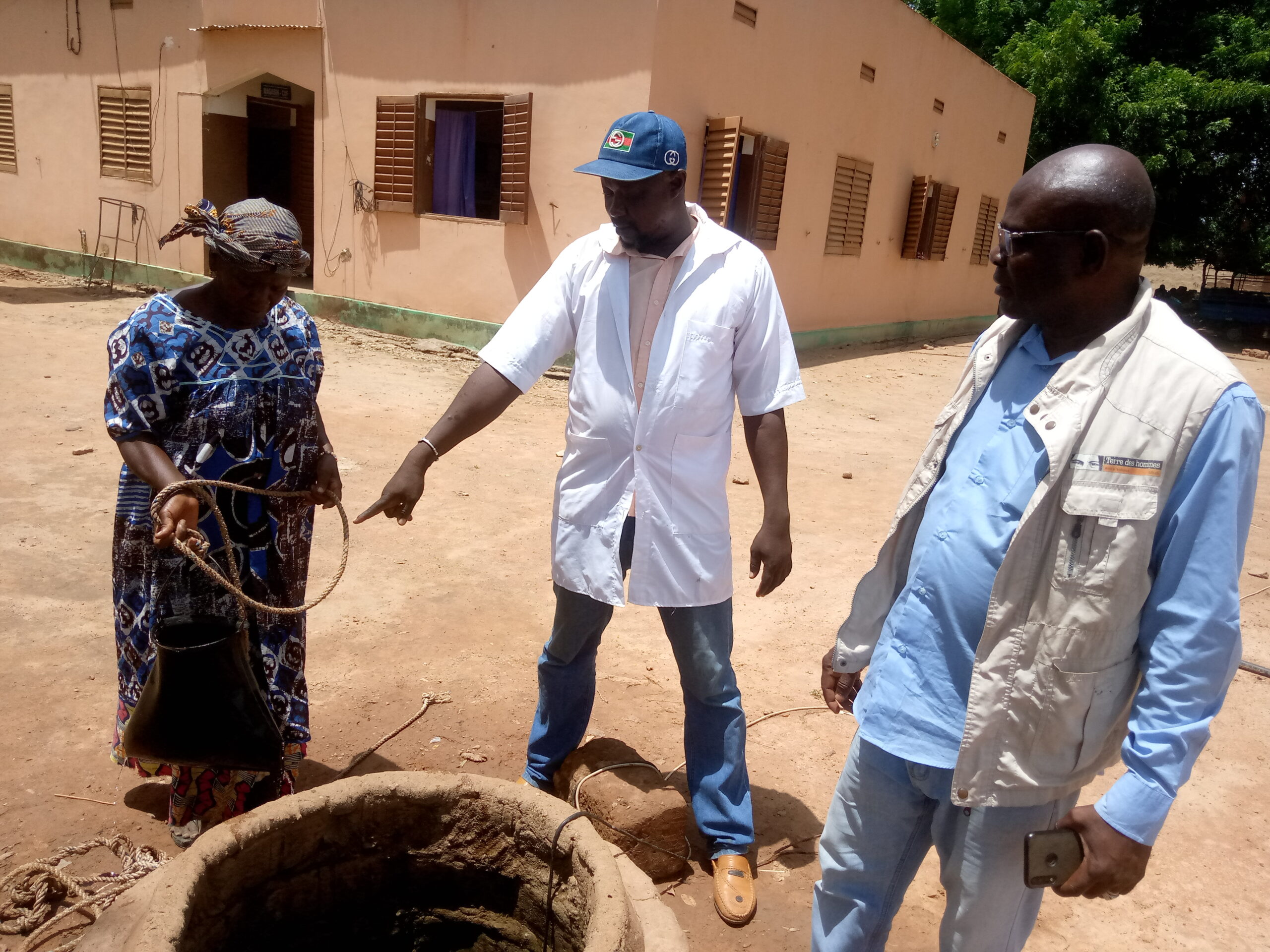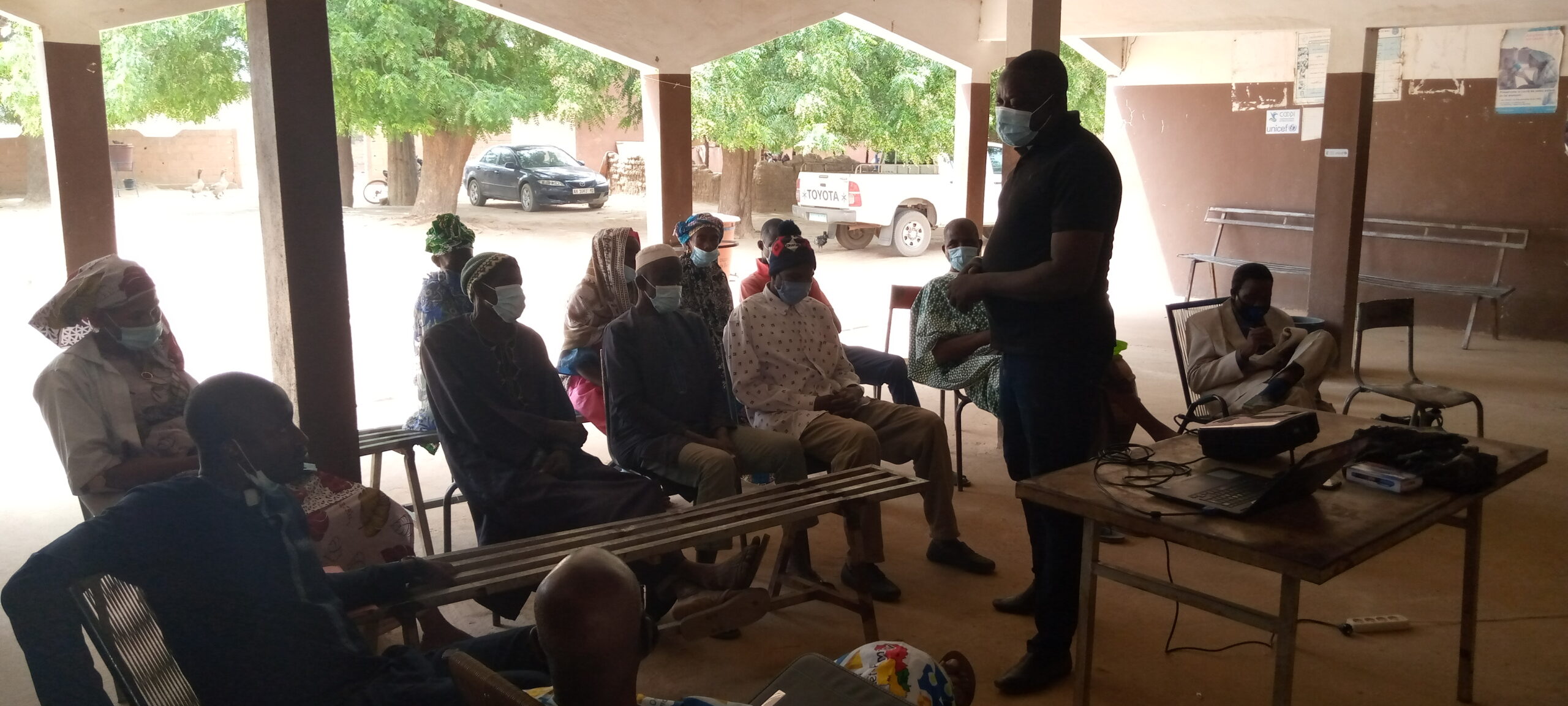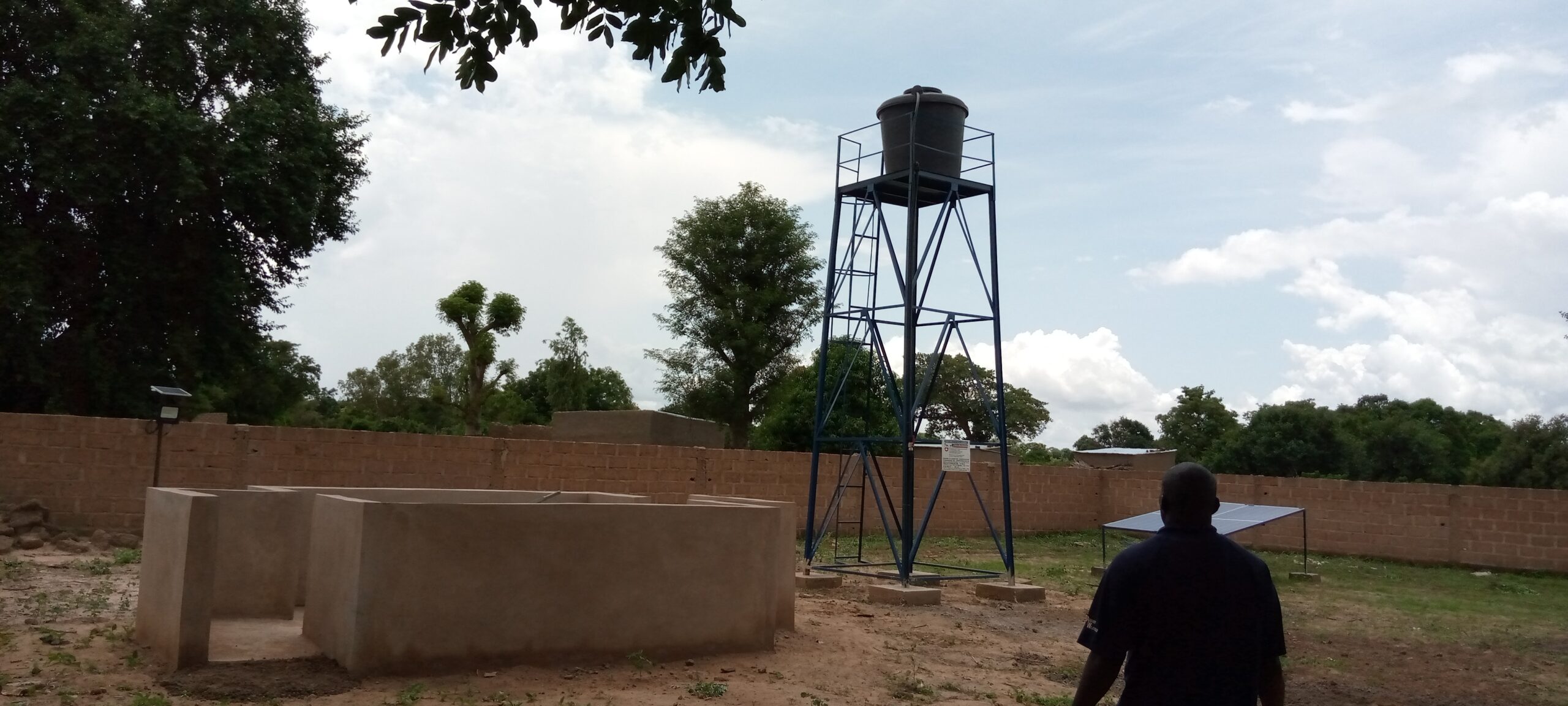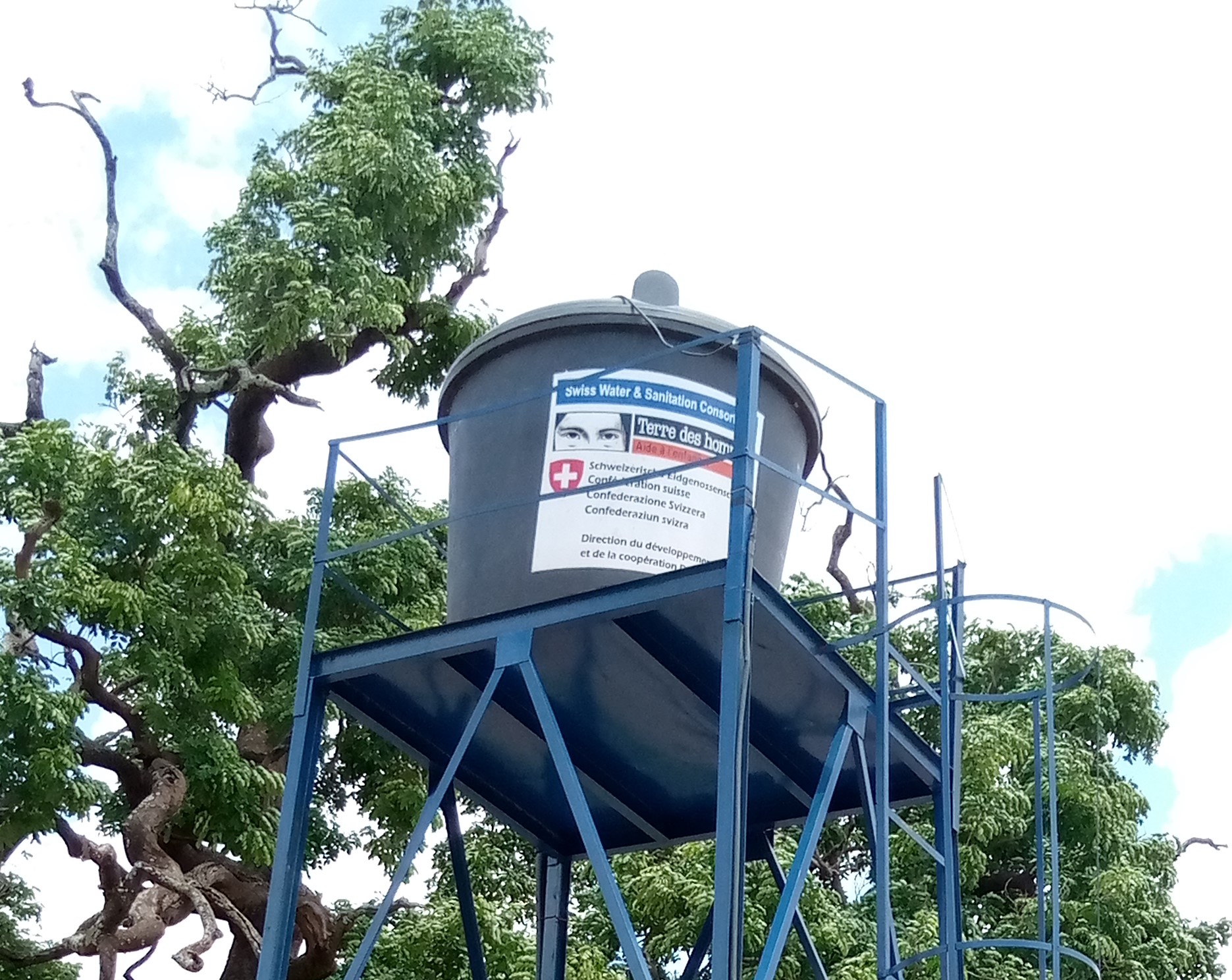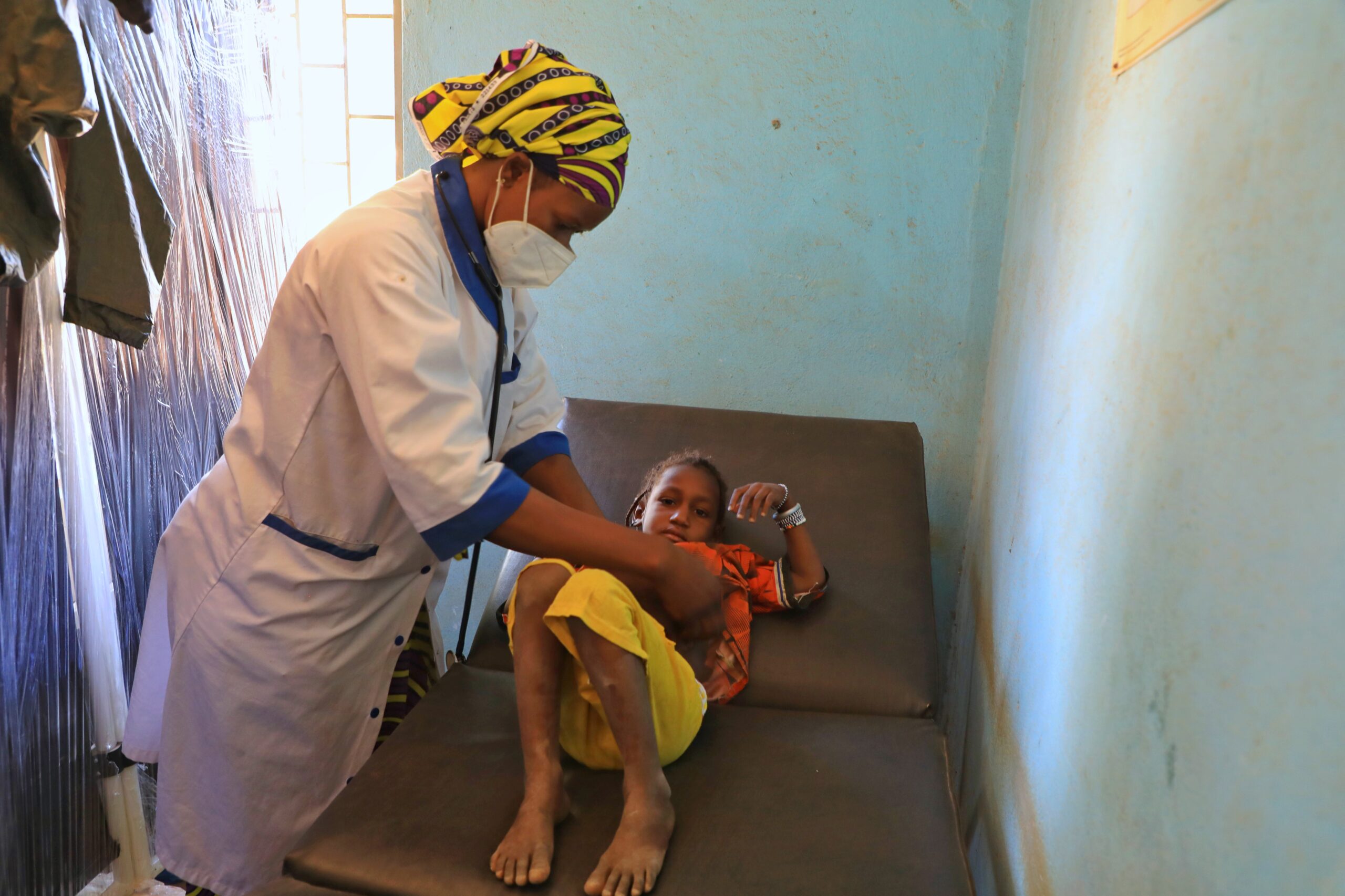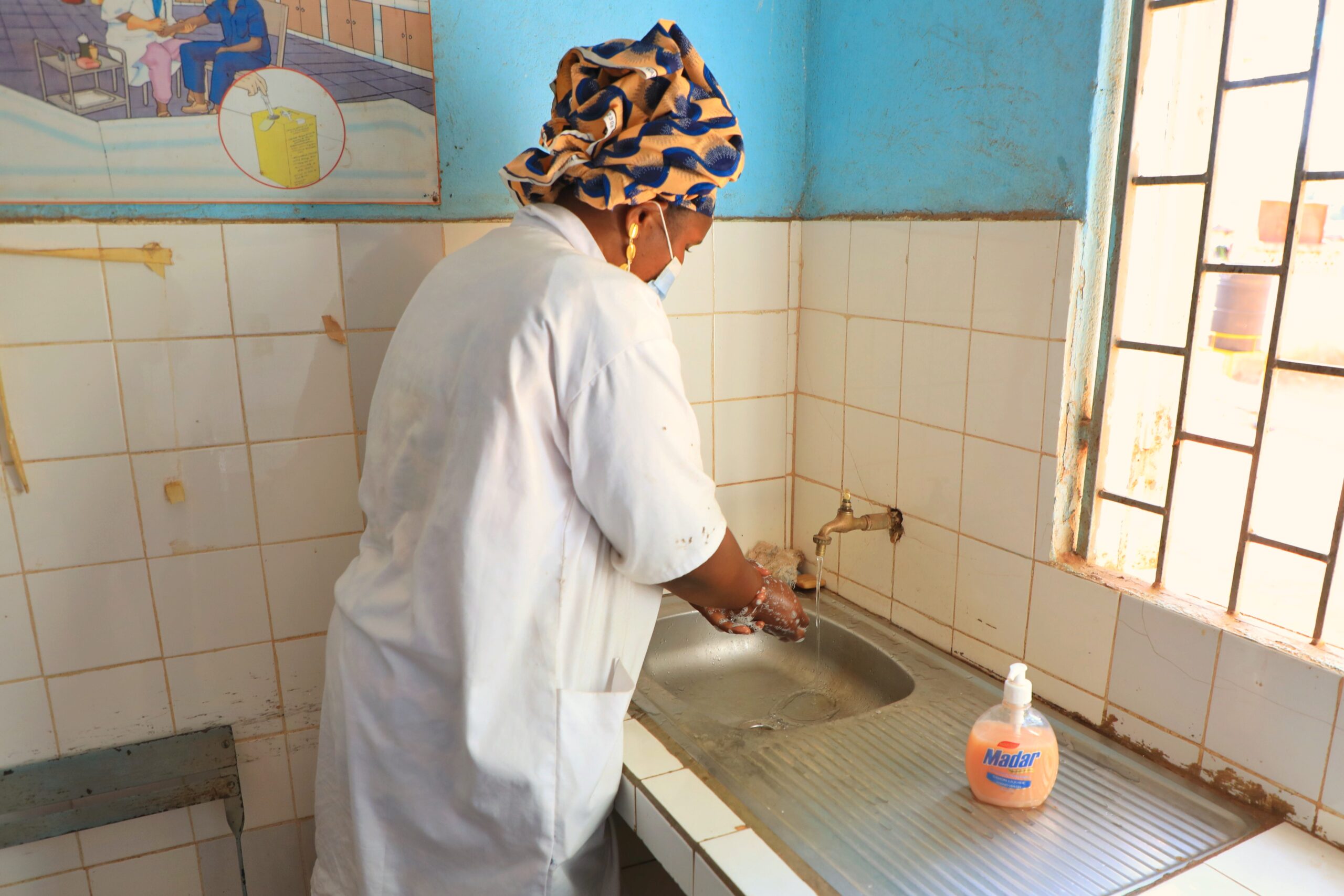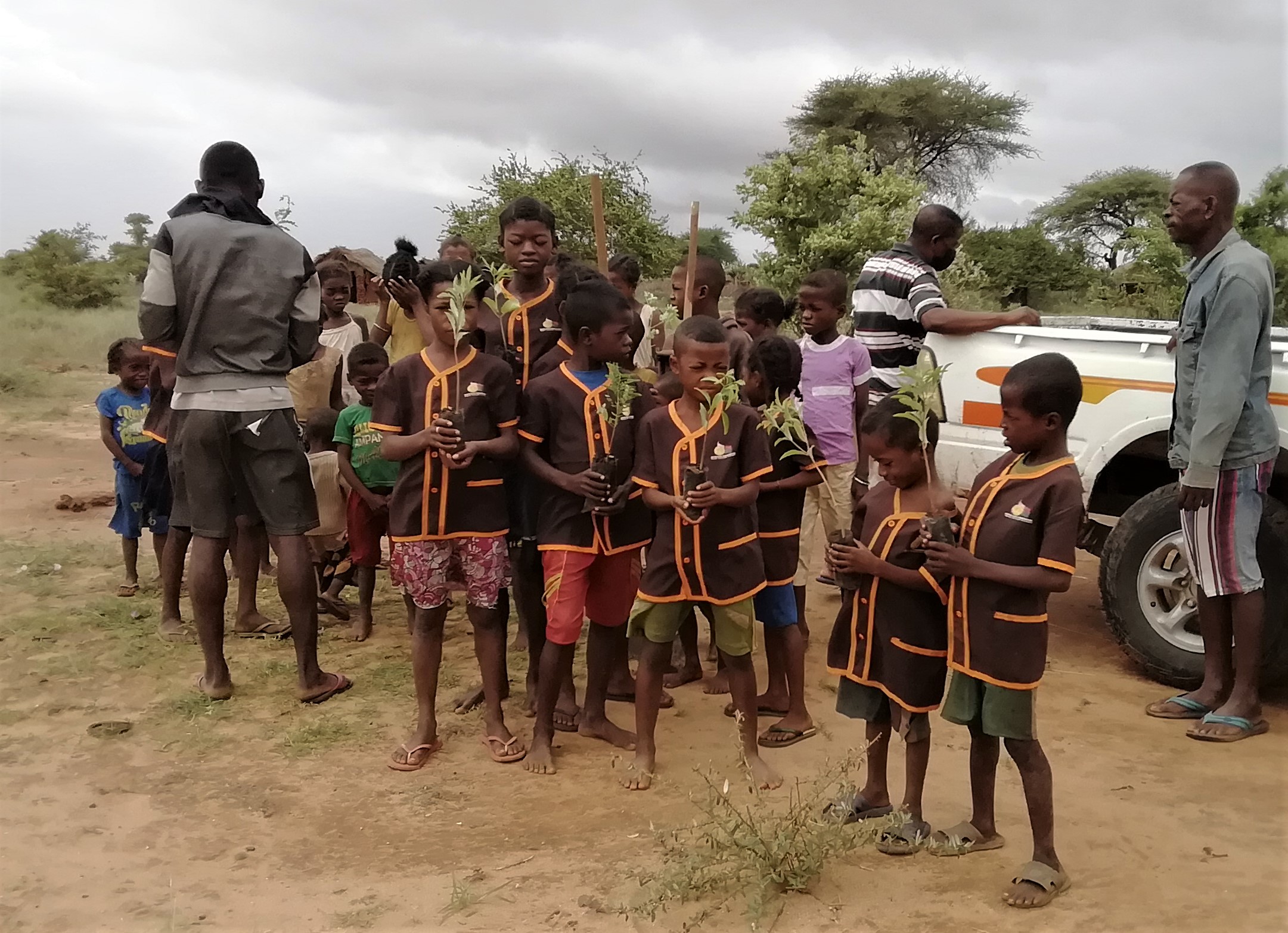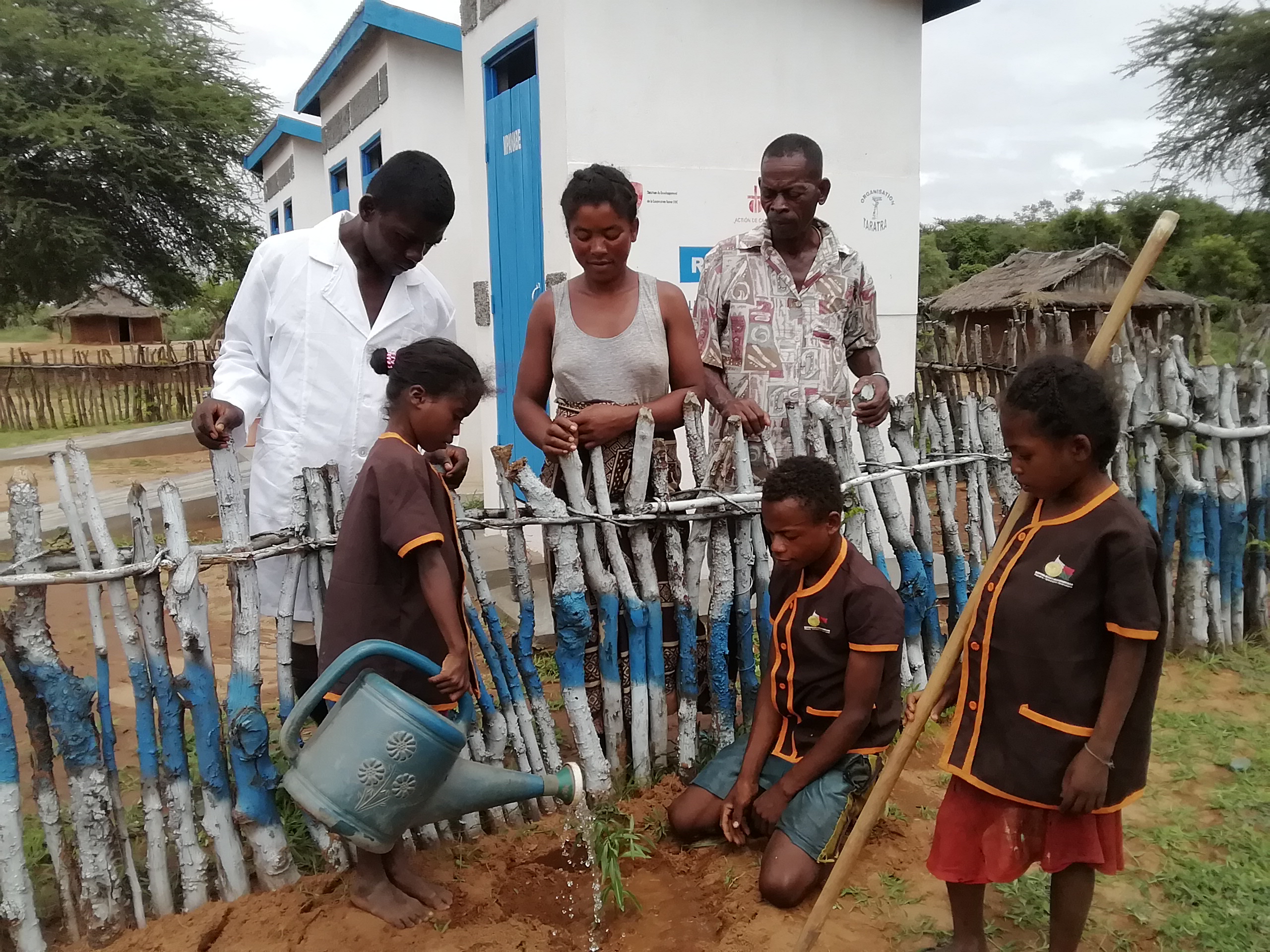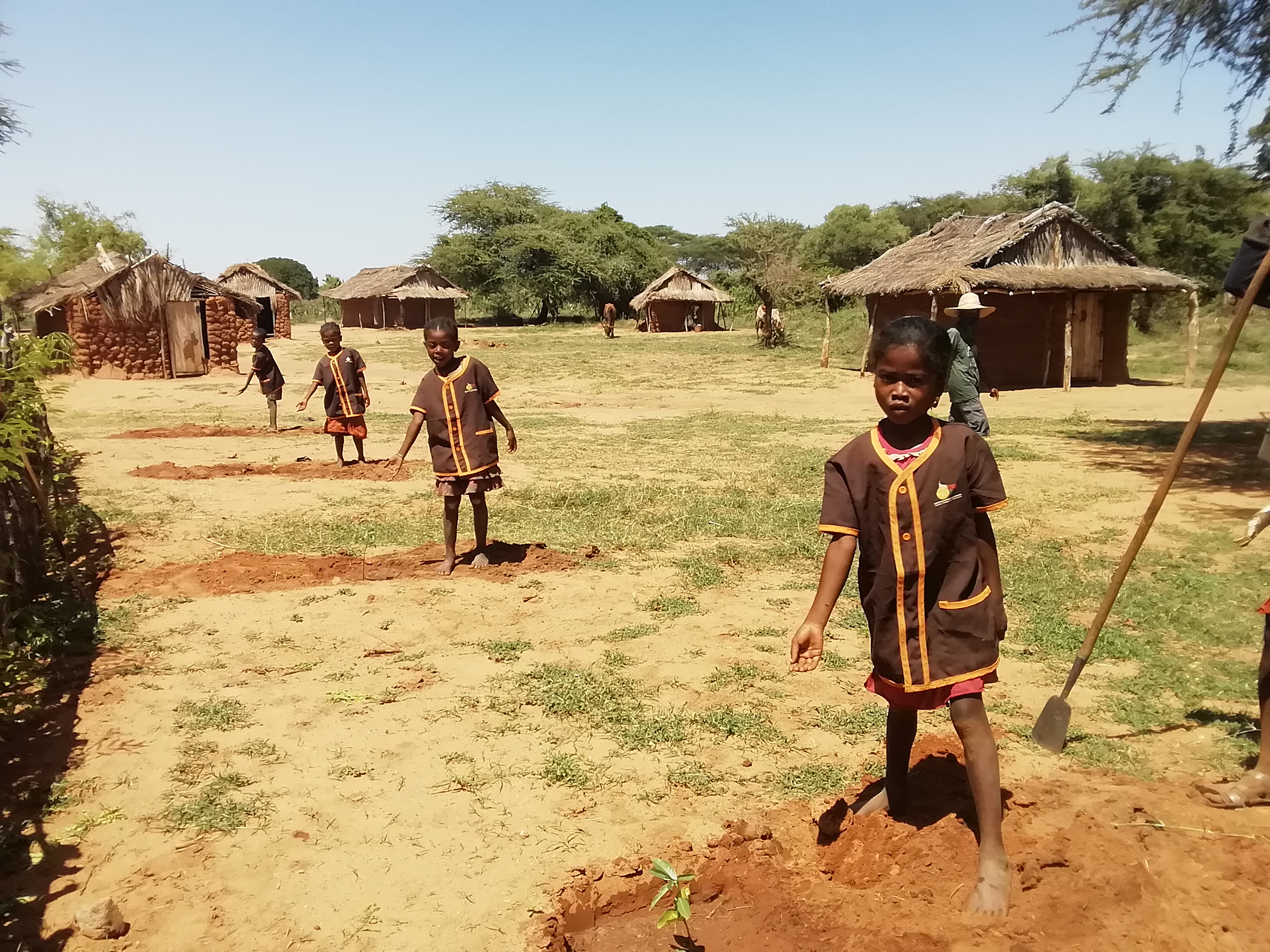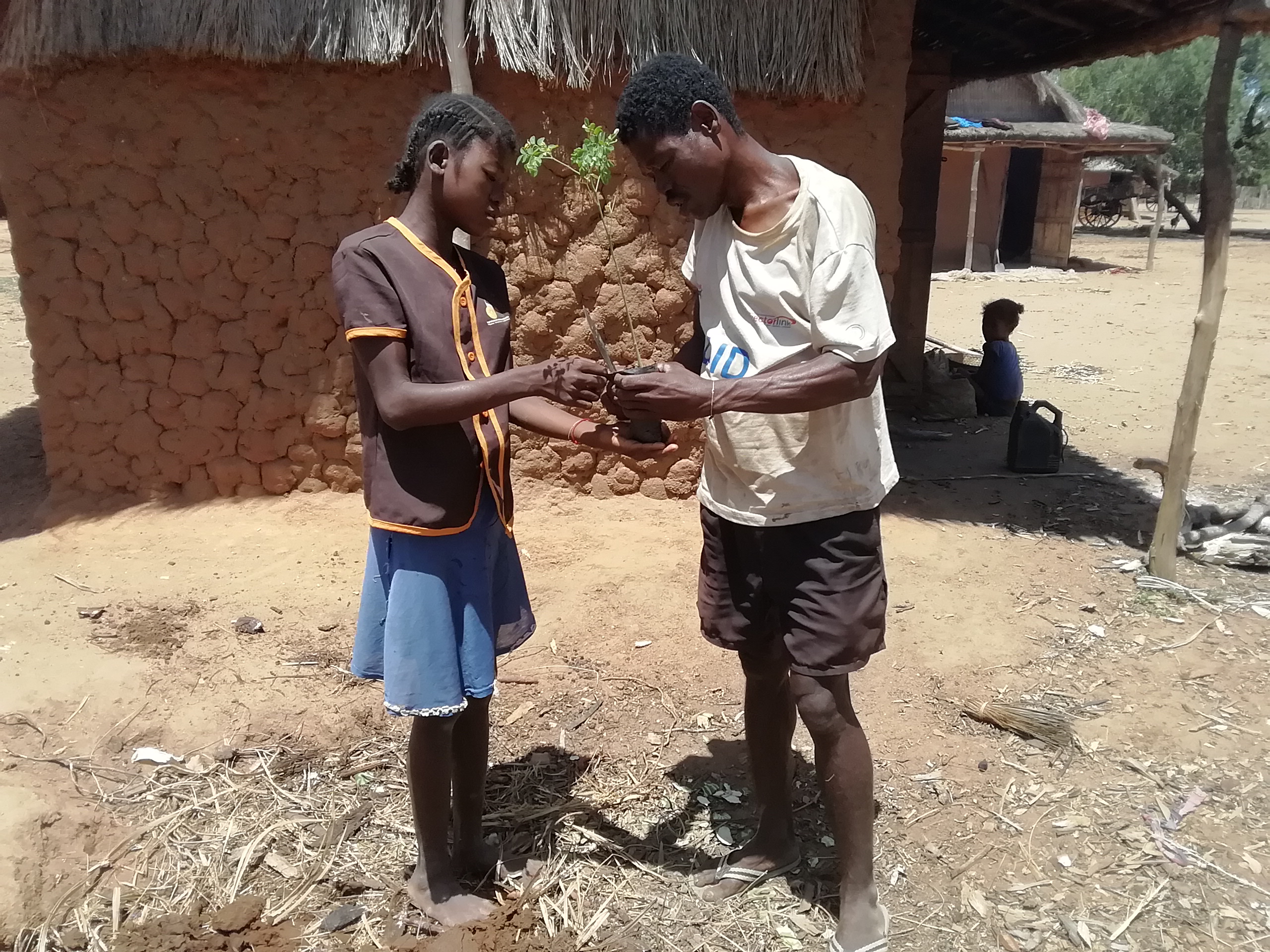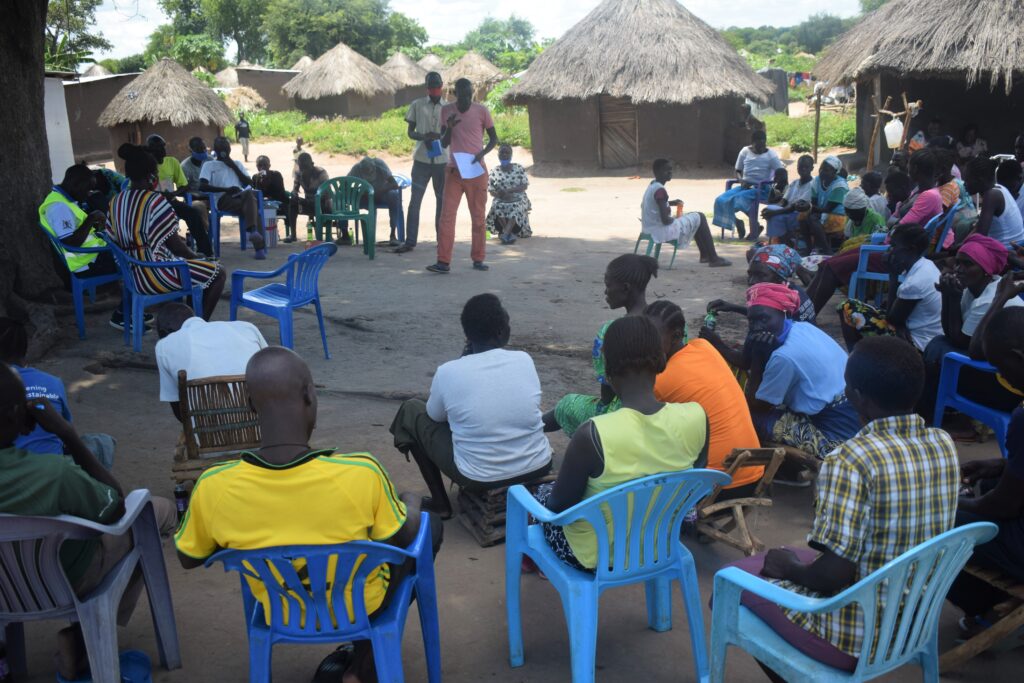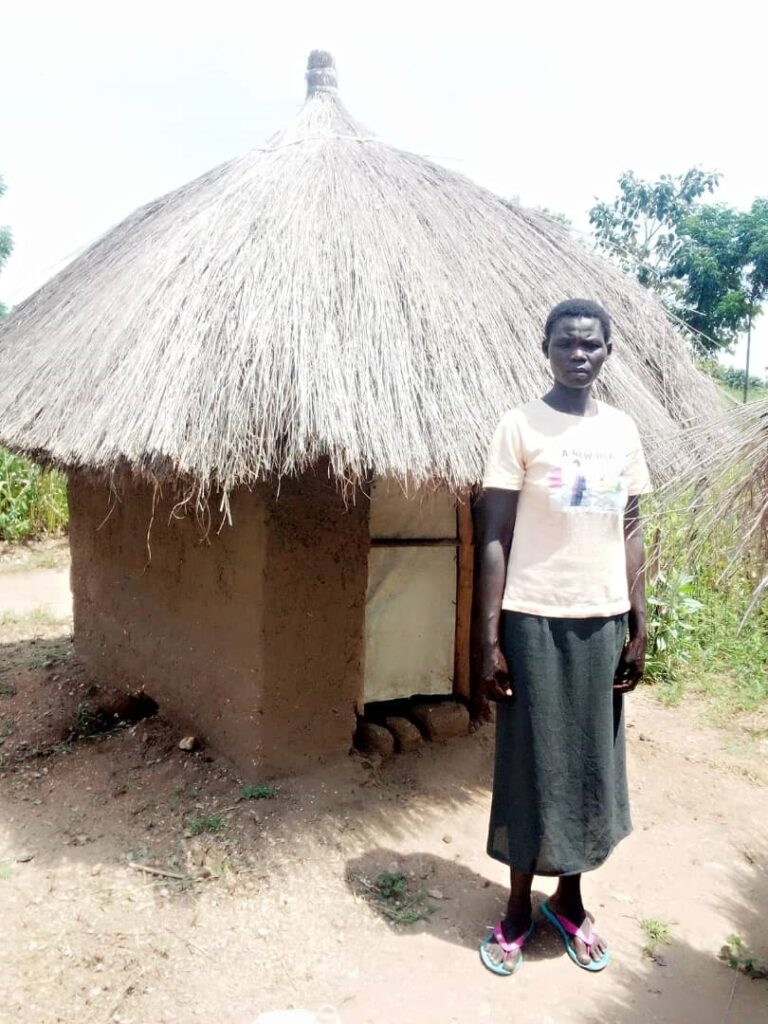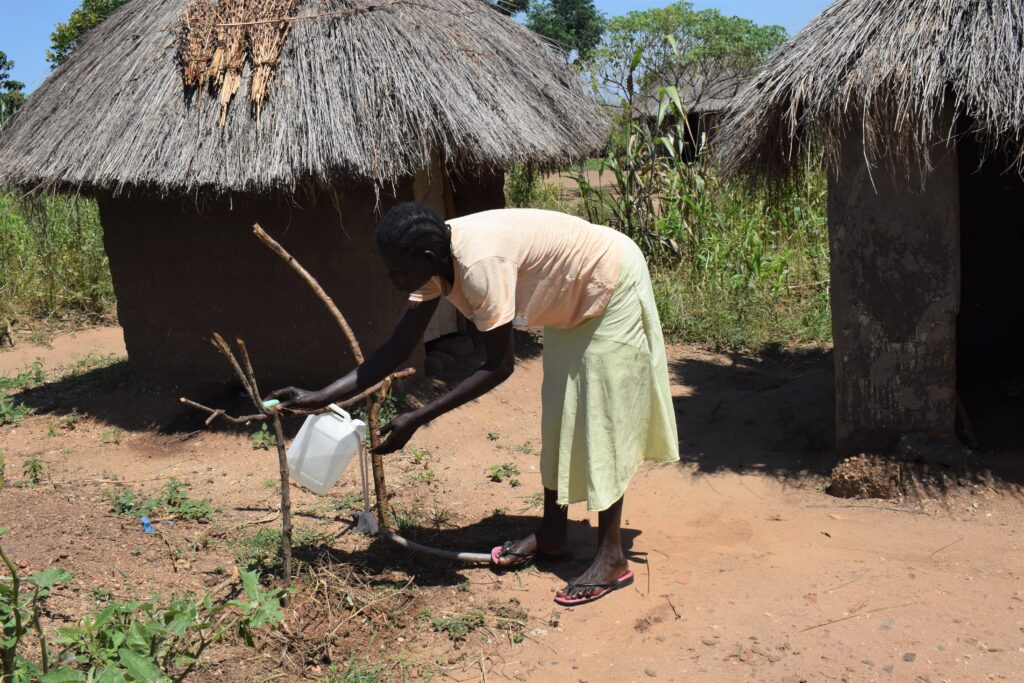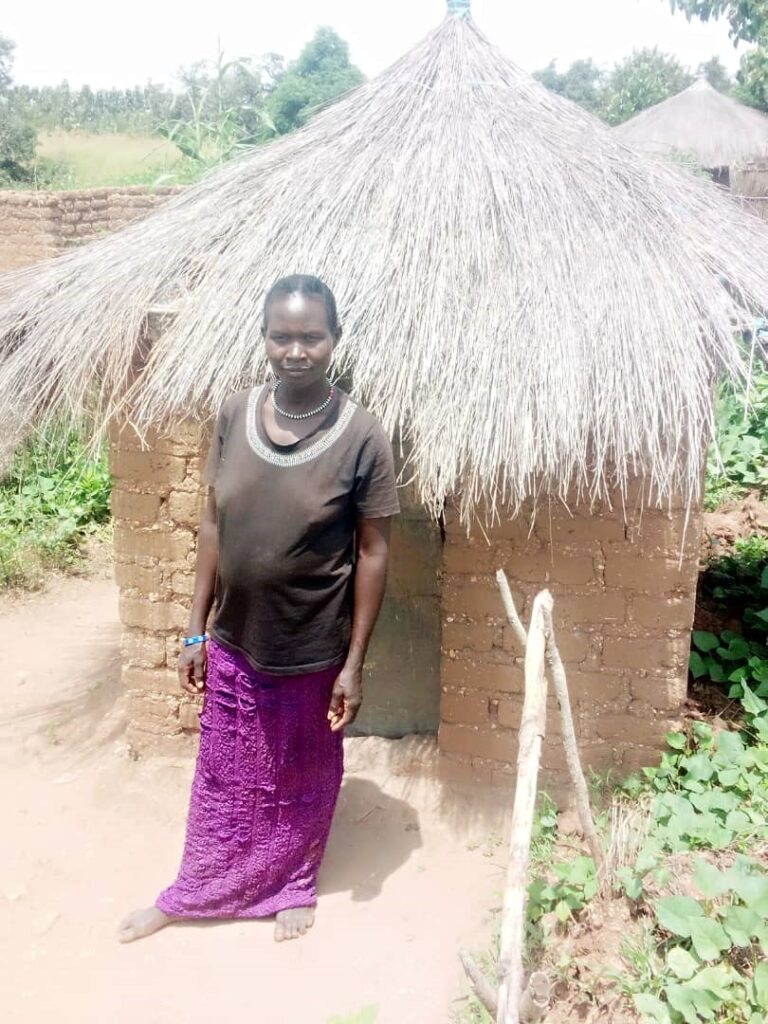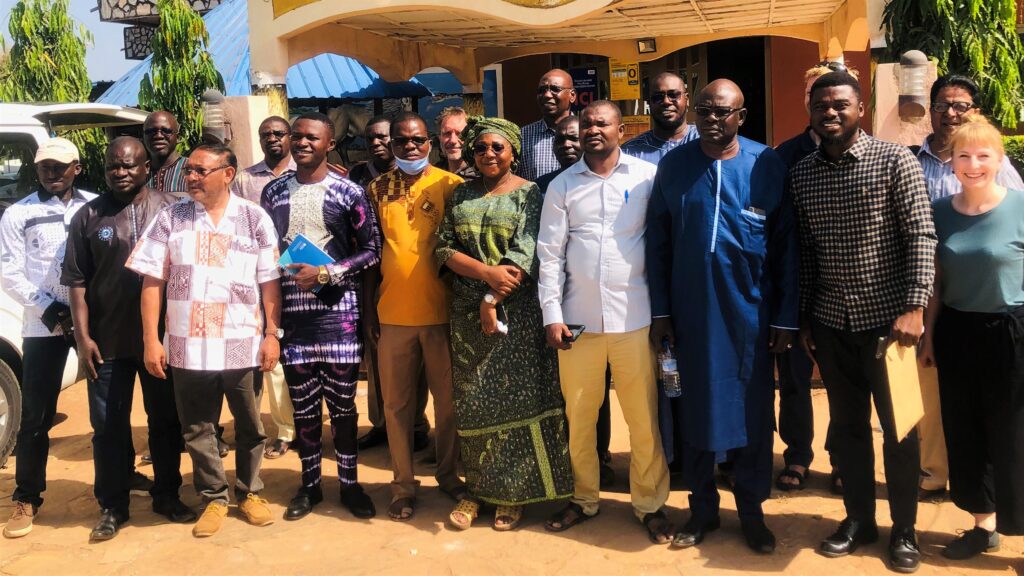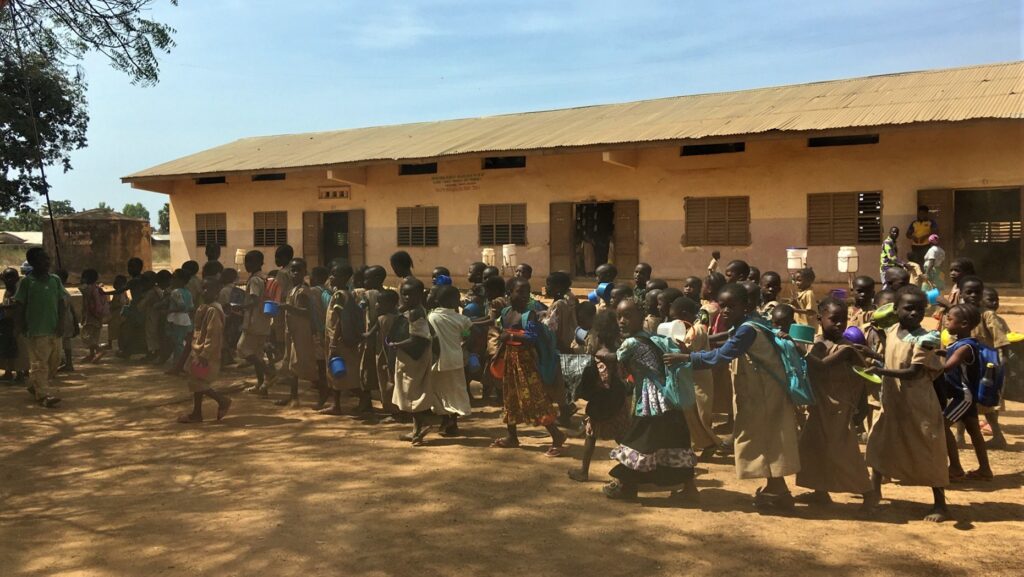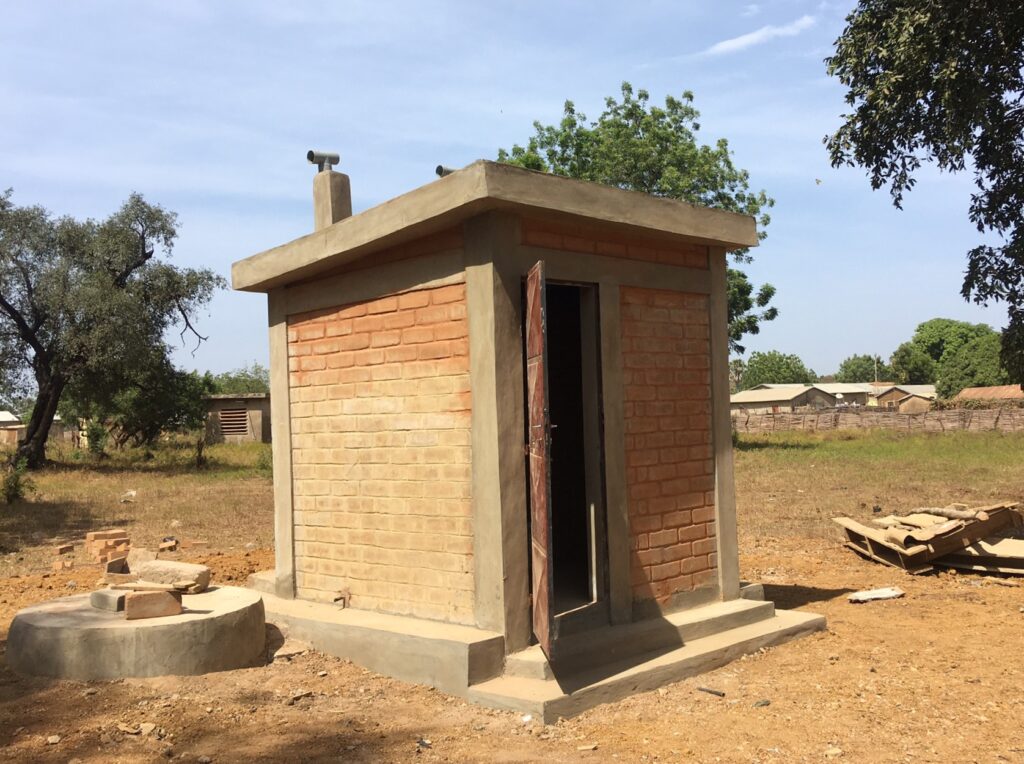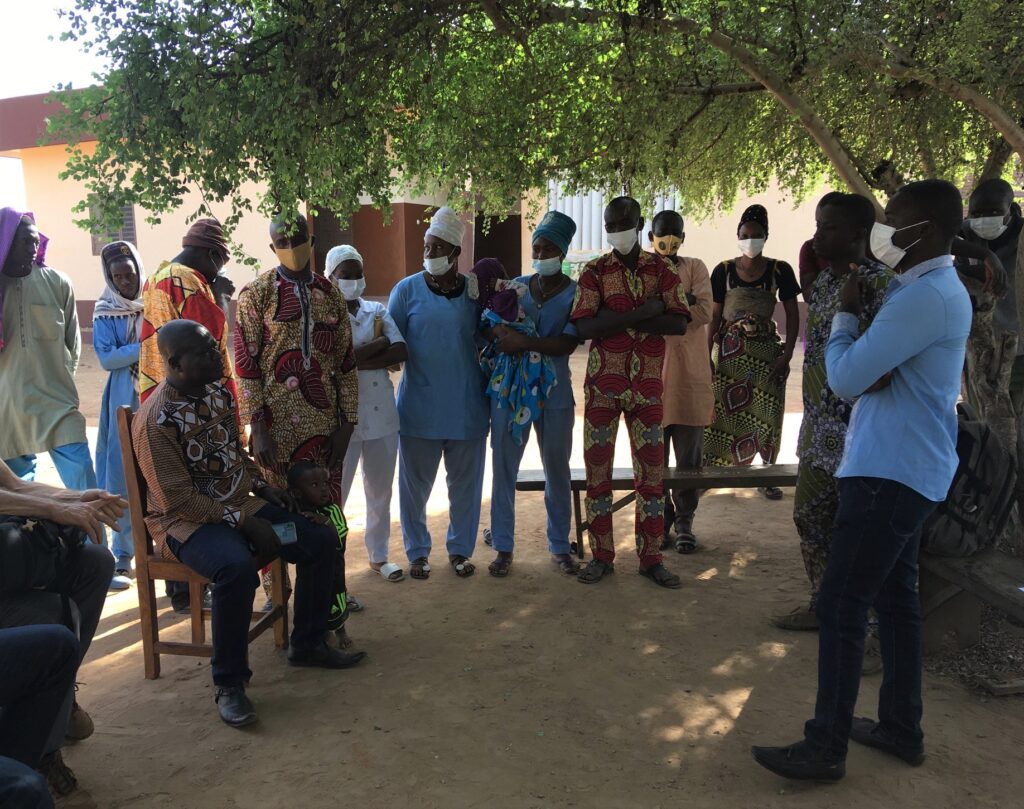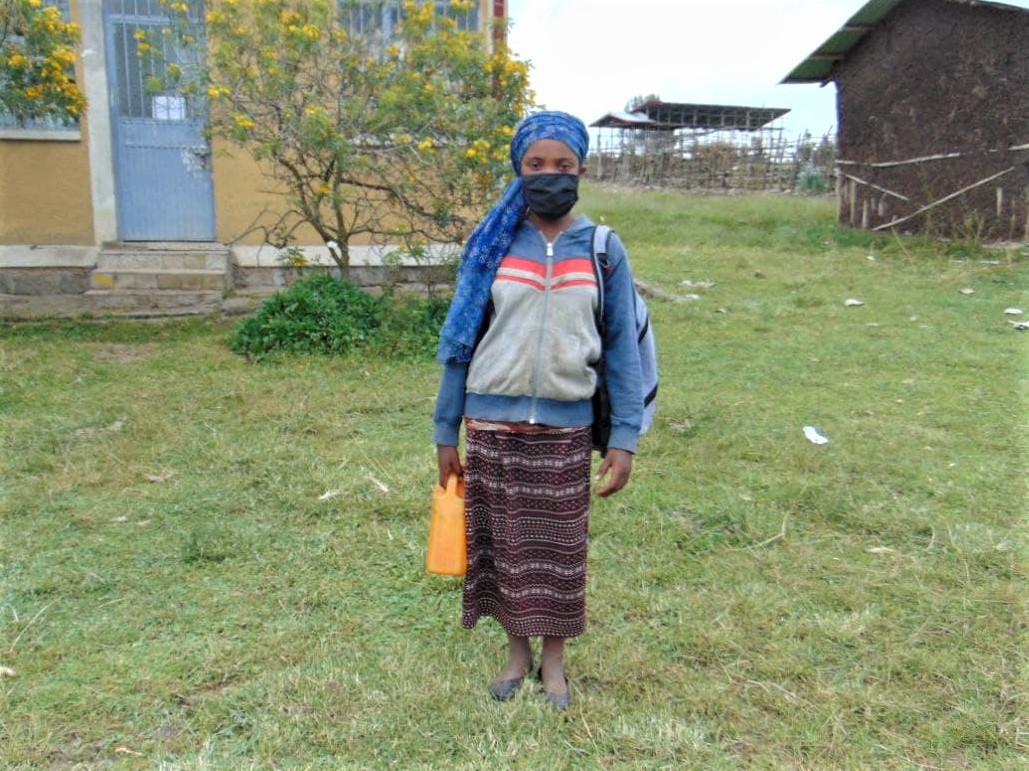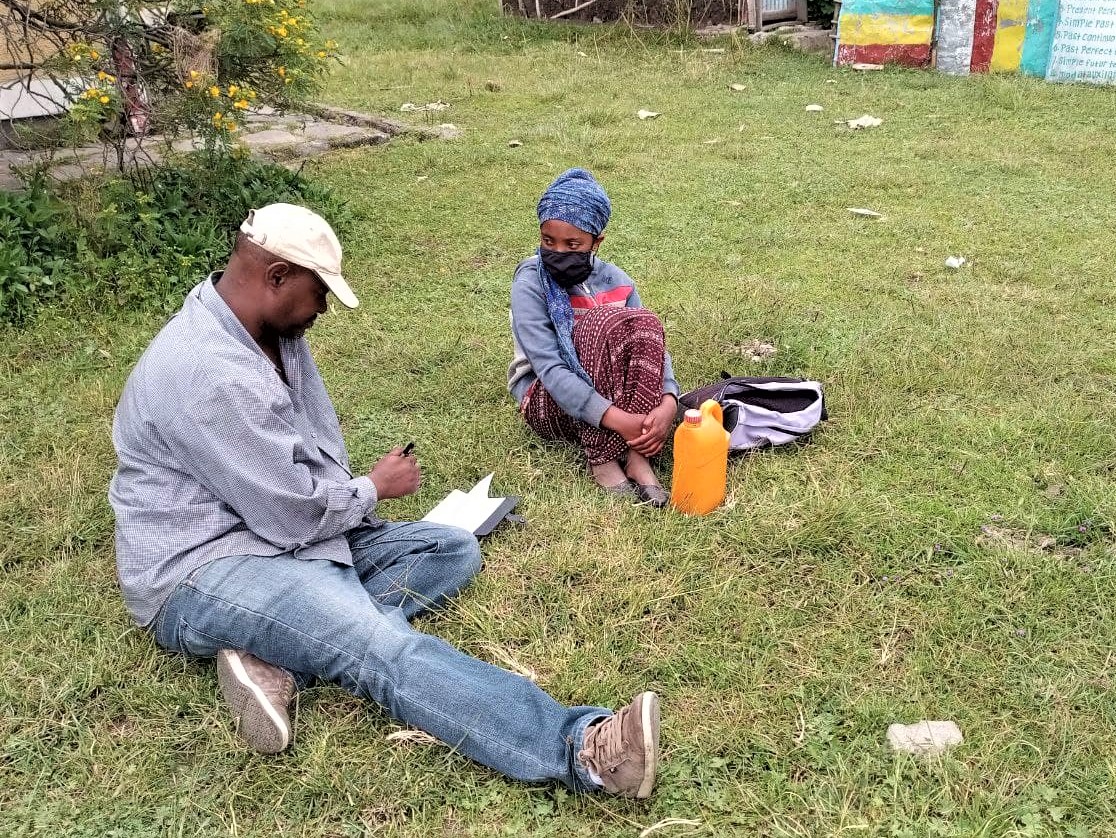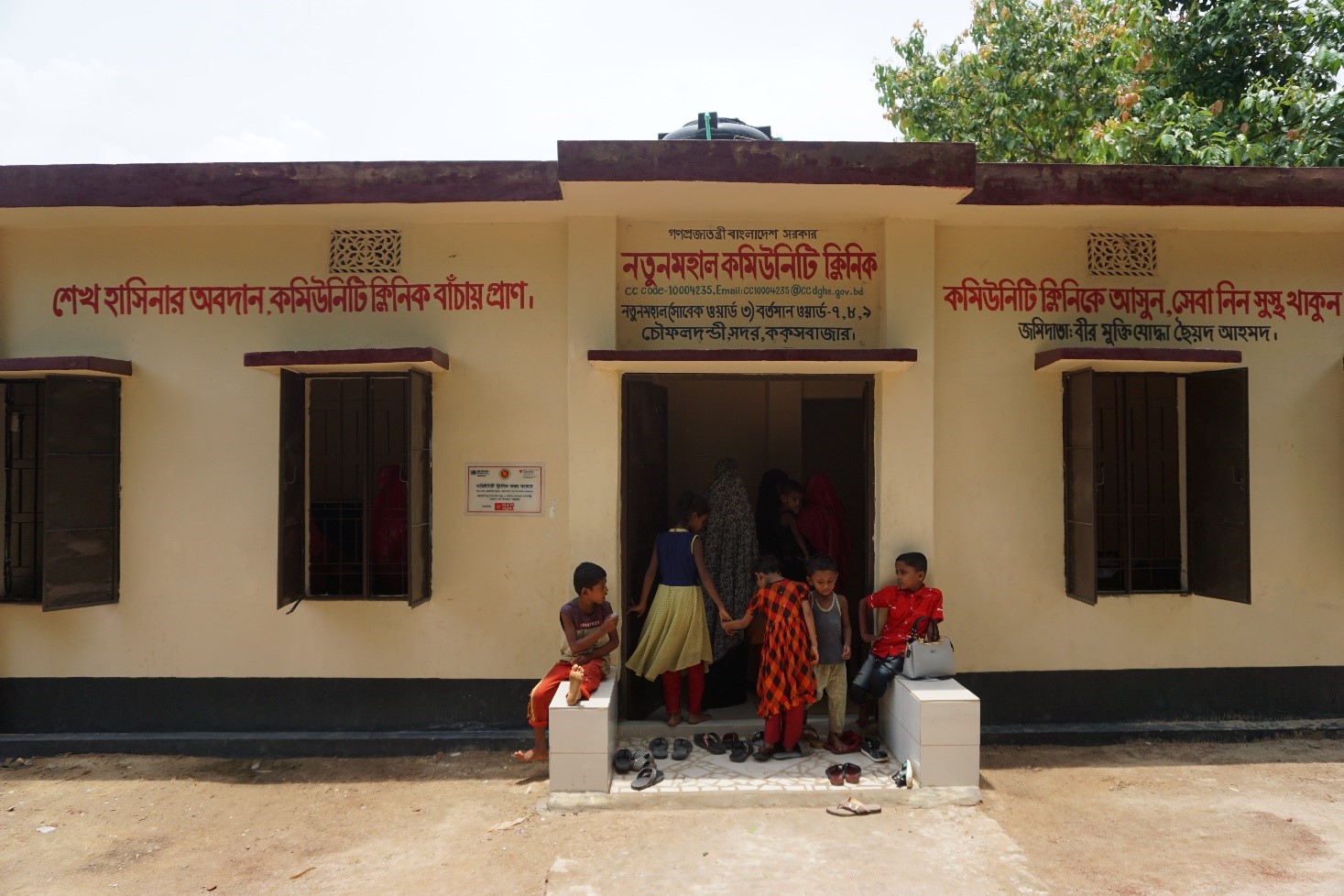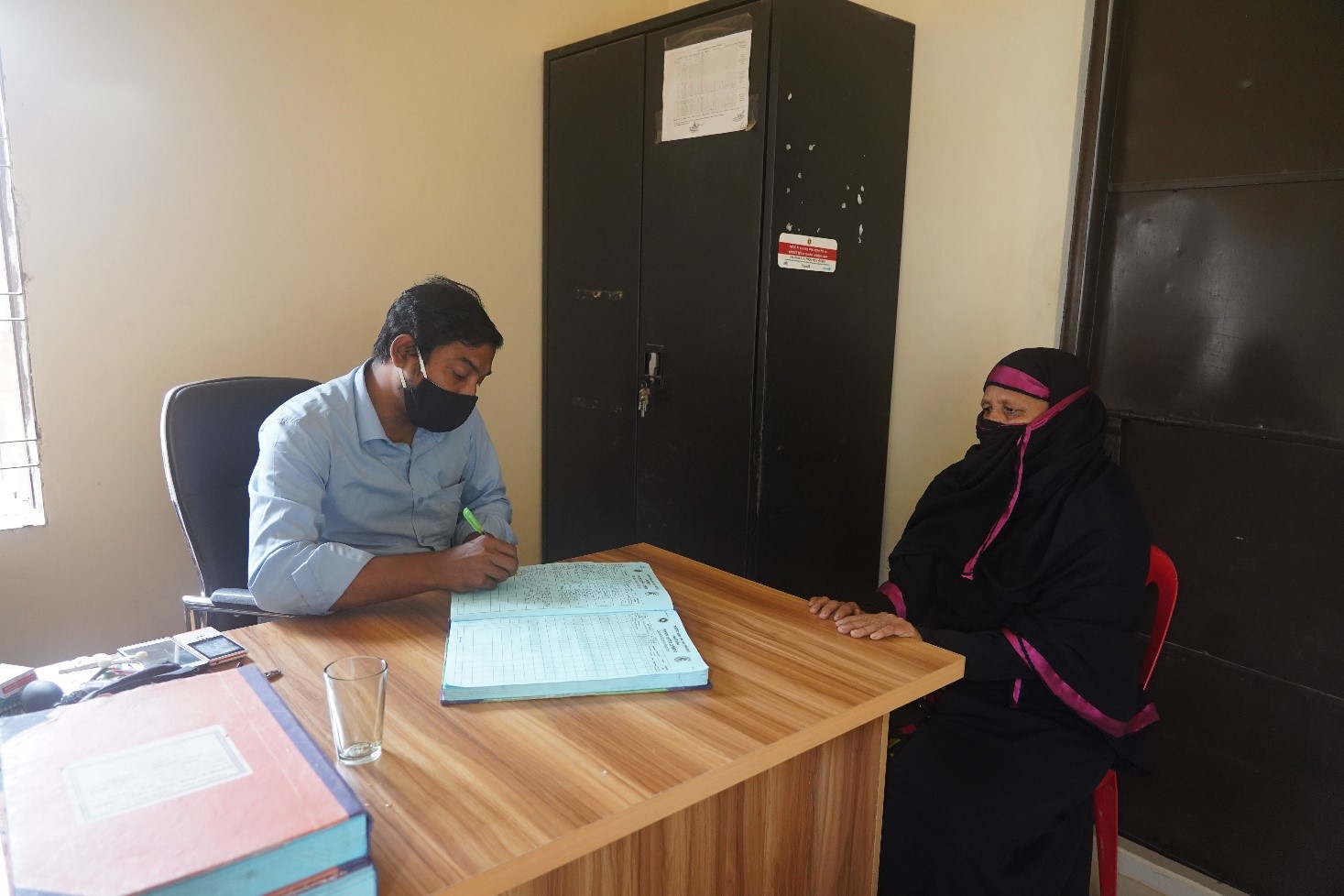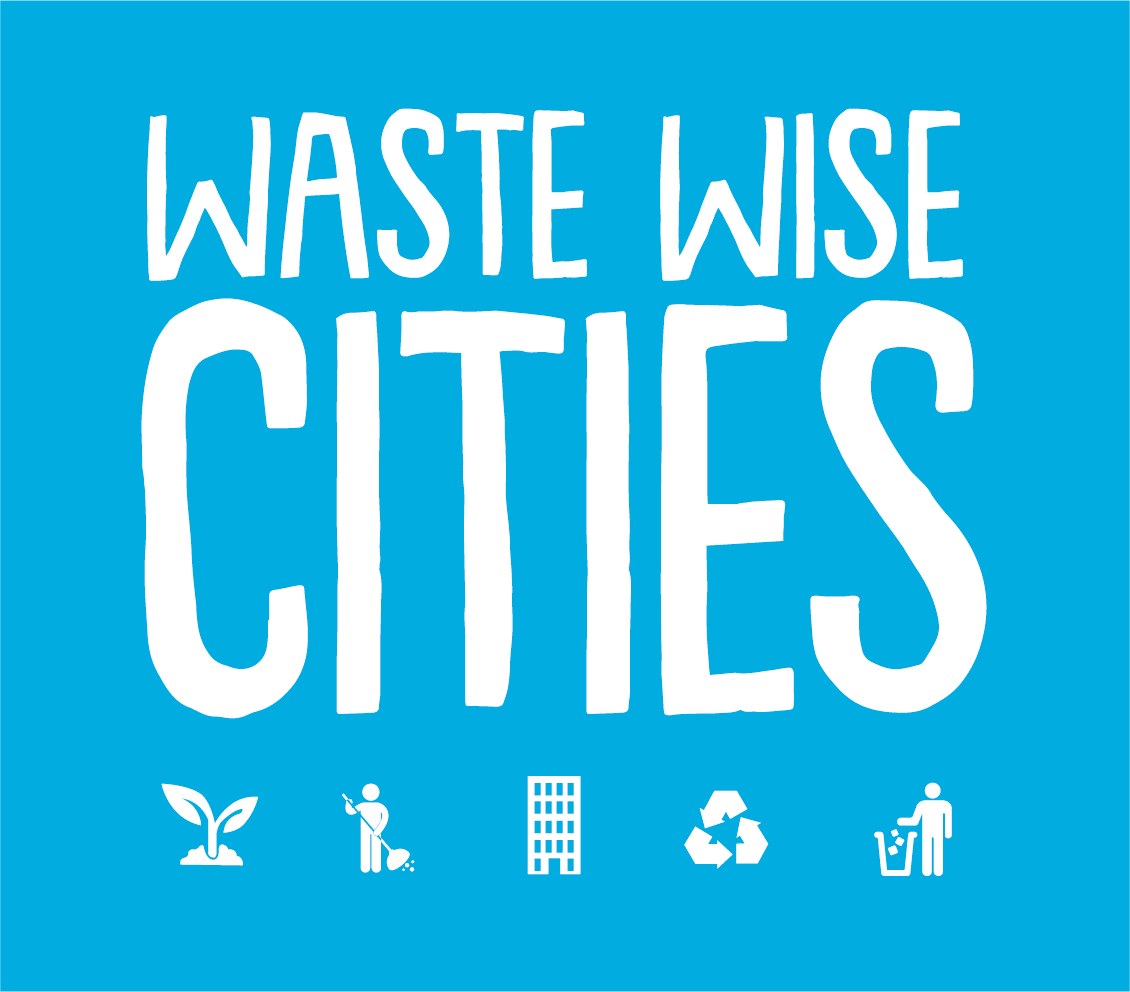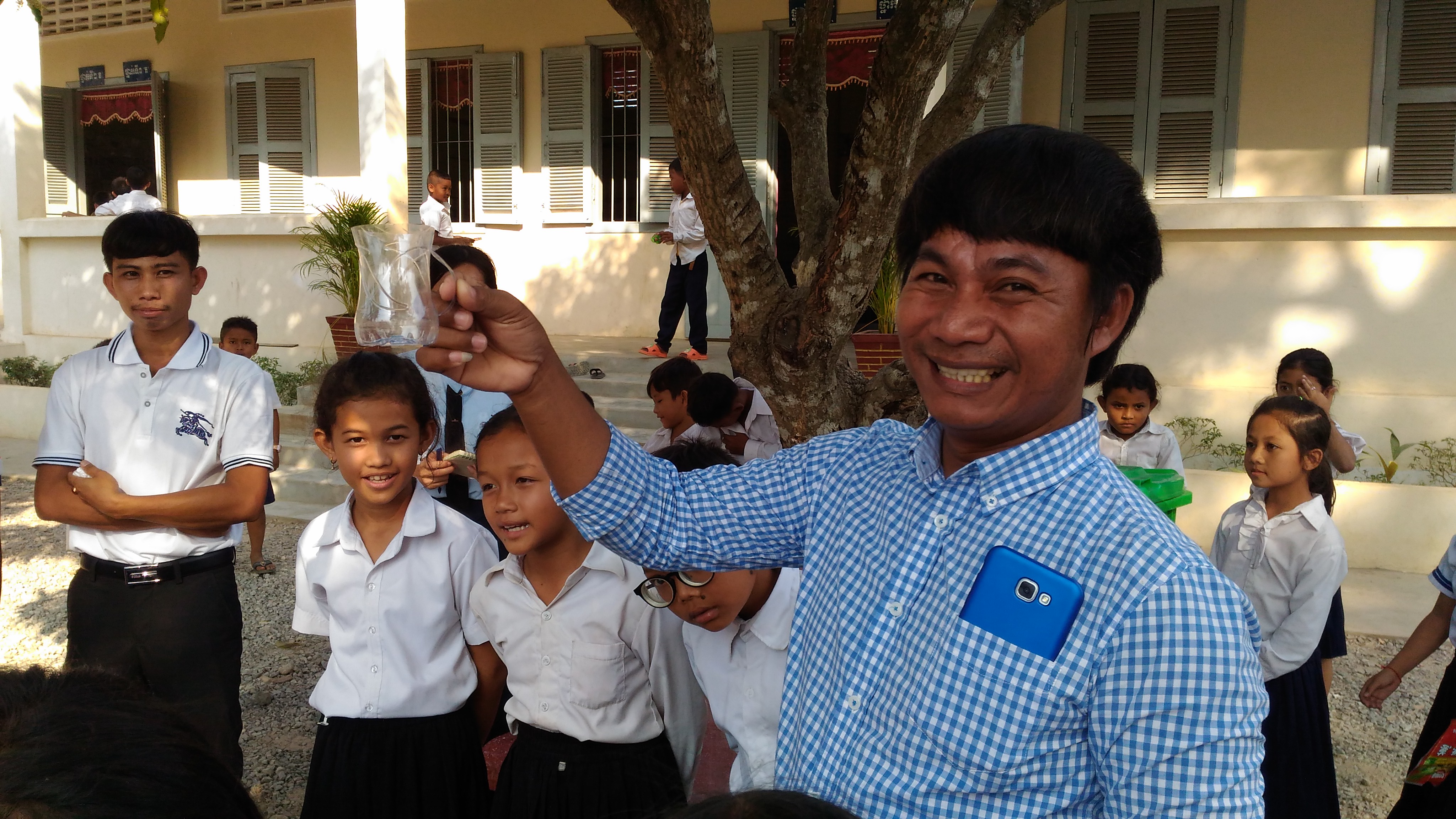(version français ci-dessous)
Authors: Prakash Bohara, Laxman Kharal Chettry and Sudarshan Neupane from Tdh Nepal
Photos: Tdh Nepal
As part of the SWSC project in phase III, municipality-led total handwashing campaigns were launched by Tdh Nepal and its local partner Geruwa in Thakurbaba municipalityof Bardiya district in Nepal. The purpose is to promote proper handwashing practices within communities, to achieve a significant behaviour change by encouraging individuals wash their hands with soap at critical times and with this create more hygienic and healthier communities. A special focus was on mothers and caretakers of children below five years.
I have two children one aged seven and one aged 2 years. The handwashing bucket is very easy to use for washing hands before feeding my child and after cleaning his feaces. Likewise, my elder daughter likes to use the handwashing bucket with tap very much. Whenever she returns from school, she manages to wash her hands and legs on her own. When we did not have handwashing bucket with tap at home, I had to help my daughter to wash her hands at the hand pump. Now, she does not need my help and enjoys washing hands at the handwashing station.
Mother of two children

The “Municipality-led Total Handwashing Campaign” covered 11,115 households with a population of 57,755. The baseline and endline evaluation (external) revealed notable improvements in handwashing prevalence/frequency at critical handwashing moments. Thakurbaba municipality became the first in Nepal to be recognized as a Total Handwashing Municipality. The municipality has prioritized handwashing in their annual planning and budgeting process and even organized a sharing and advocacy meeting at the provincial level. Further the municipality plans to continue regular monitoring and follow-up activities to encourage ongoing handwashing practices. It aims to mobilize local stakeholders including child club members, village committee members and health institutions to sustain the behaviour change. These achievements demonstrate the successful implementation of the campaign and the positive impact it has had on handwashing practices.
Total Handwashing municipality declaration is just the beginning. Behavior change is difficult to maintain, so in order to ensure that the community people continue using installed handwashing stations, regular monitoring and follow up is a must.
Thakurbaba Municipality Health Coordinator
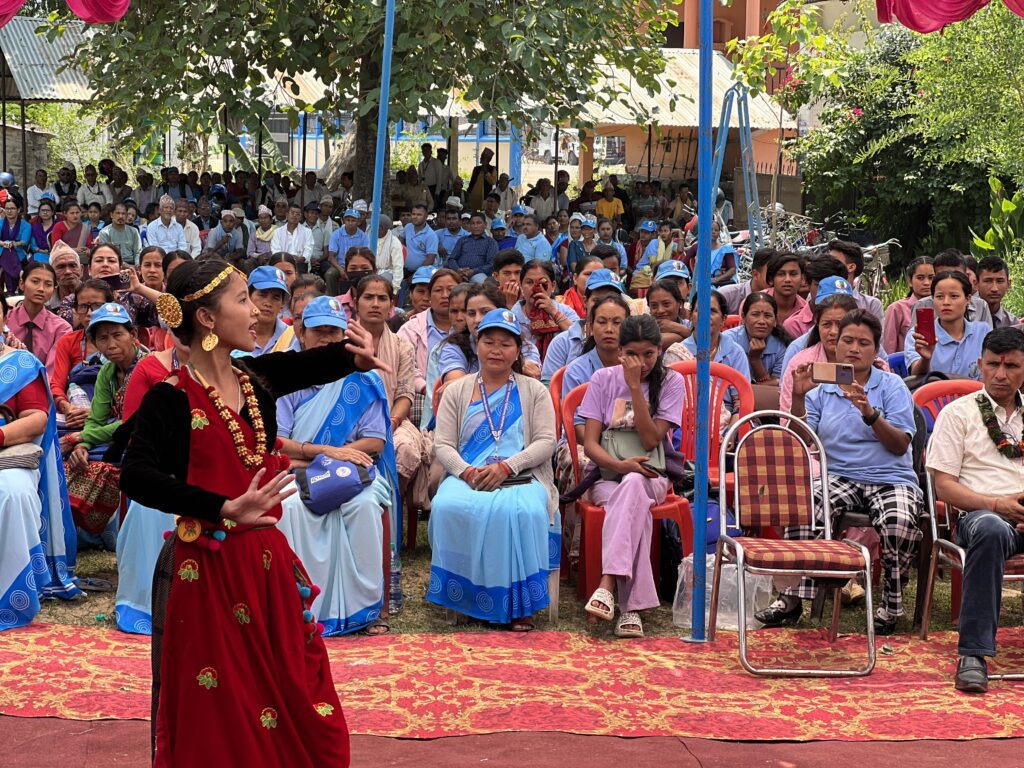
Check out the videos from Tdh Nepal on the SWSC youtube channel to learn more about various project components of phase III. For example about school gardening, characterization and quantification of healthcare waste and many more.
Campagne totale de lavage des mains menée par la municipalité
Auteurs: Prakash Bohara, Laxman Kharal Chettry and Sudarshan Neupane de Tdh Nepal
Photos: Tdh Nepal
Dans le cadre de la phase III du projet SWSC, des campagnes de lavage des mains ont été lancées par Tdh Népal et son partenaire local Geruwa dans la municipalité de Thakurbaba du district de Bardiya au Népal. L'objectif est de promouvoir de bonnes pratiques de lavage des mains au sein des communautés, de parvenir à un changement de comportement significatif en encourageant les individus à se laver les mains avec du savon à des moments critiques et de créer ainsi des communautés plus hygiéniques et plus saines. L'accent a été mis sur les mères et les personnes s'occupant d'enfants de moins de cinq ans.
J'ai deux enfants, l'un âgé de 7 ans et l'autre de 2 ans. Le seau à main est très facile à utiliser pour se laver les mains avant de donner à manger à mon enfant et après avoir nettoyé son visage. De même, ma fille aînée aime beaucoup utiliser le seau à main avec robinet. Lorsqu'elle rentre de l'école, elle parvient à se laver les mains et les jambes toute seule. Lorsque nous n'avions pas de seau à main avec robinet à la maison, je devais aider ma fille à se laver les mains à la pompe manuelle. Maintenant, elle n'a plus besoin de mon aide et aime se laver les mains à la station de lavage
une mère de deux enfants

La "Campagne totale de lavage des mains menée par la municipalité" a couvert 11 115 ménages pour une population de 57 755 habitants. L'évaluation de base et l'évaluation finale (externe) ont révélé des améliorations notables dans la prévalence/fréquence du lavage des mains à des moments critiques. La municipalité de Thakurbaba est devenue la première au Népal à être reconnue comme une municipalité de lavage total des mains. La municipalité a fait du lavage des mains une priorité dans son processus annuel de planification et de budgétisation et a même organisé une réunion de partage et de plaidoyer au niveau provincial. En outre, la municipalité prévoit de poursuivre les activités régulières de contrôle et de suivi afin d'encourager les pratiques de lavage des mains. Elle entend mobiliser les parties prenantes locales, notamment les membres des clubs d'enfants, les membres des comités villageois et les établissements de santé, afin de pérenniser le changement de comportement. Ces réalisations démontrent la réussite de la campagne et l'impact positif qu'elle a eu sur les pratiques de lavage des mains.
La déclaration de la municipalité sur le lavage total des mains n'est qu'un début. Il est difficile de maintenir un changement de comportement, c'est pourquoi, afin de s'assurer que les membres de la communauté continuent à utiliser les stations de lavage des mains installées, un contrôle et un suivi réguliers sont indispensables
le coordinateur de la santé de la municipalité de Thakurbaba

Consultez les vidéos de Tdh Népal sur le canal youtube de SWSC pour en savoir plus sur les différentes composantes du projet de la phase III. Par exemple, le jardinage dans les écoles, la caractérisation et la quantification des déchets médicaux et bien d'autres choses encore.

